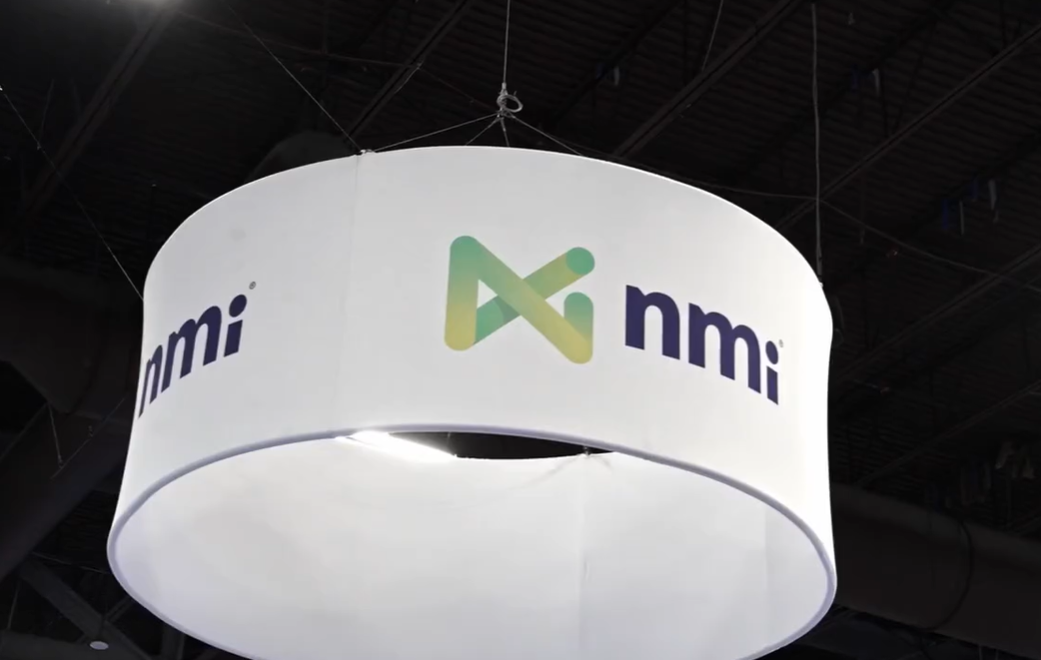We’ve been asked this question a lot during the pandemic: Can I deduct home office expenses if I’ve been working from home? The answer: Probably not. Under the Tax Cuts and Jobs Act (TJA) of 2017, home office deductions for employees have been suspended for 2018 through 2025.
Good news: You can still qualify for home office deductions if you’re self-employed as long as you met certain tax law requirements.
Here are the basics. To qualify for home office deductions, you must use at least part or your home regularly and exclusively as (1) your principal place of business or (2) a place to meet or deal with customers, clients or patients in the normal course of your business. Furthermore, you may be able to claim deductions for a separate structure where you store products or tools used in the business.
For this purpose, “regular and exclusive use” means you must consistently use a specific identifiable area in your home for business. But mere incidental or occasional personal use won’t cost you the deduction.
Another potential hurdle is proving that your home office is your “principal place of business.” The IRS may challenge deductions if you work from multiple locations and claim your home office as your main workplace.
However, your home office will generally qualify as your principal place of business if it is used regularly and exclusively for administrative or management activities and you have no other fixed location for conducting these activities. As a result, the deduction is often available to self-employed taxpayers ranging from physicians to plumbers to Uber drivers.
If you qualify, the tax law allows you to deduct all your direct expenses plus a proportionate amount of your “indirect expenses” based on business use. The list of indirect expenses includes—
- Mortgage interest;
- Property taxes;
- Telephone cost of separate business line and/or fax;
- Utilities (electric, gas, water, etc.);
- Insurance;
- Repairs and home maintenance;
- Home security system fees; and
- Depreciation (based on IRS tables) or rent.
Note: Prior to the TCJA, you could deduct unreimbursed home office expenses as employee business expenses, subject to a floor of 2% of adjusted gross income (AGI) for all your miscellaneous expenses, if the home office was used for the “convenience” of the employer. Not only can self-employed taxpayers still deduct home office expenses, they are claimed without any 2%-of-AGI floor.
Finally, you can maximize the benefits of the home office deduction on your 2021 return with some smart tax planning. Currently, the IRS offers a simplified deduction for convenience’s sake. All you have to do is establish how many square feet in your home is used for the office. Then, you deduct $5 per square foot, up to a maximum of $1,500.
However, if you’re willing to put in the work and keep track of all your actual expenses, you’re likely to come out ahead, especially if you incur significant expenses. Your tax return preparer can help with the details.
Thanks for reading CPA Practice Advisor!
Subscribe Already registered? Log In
Need more information? Read the FAQs
Tags: Benefits, Small Business




